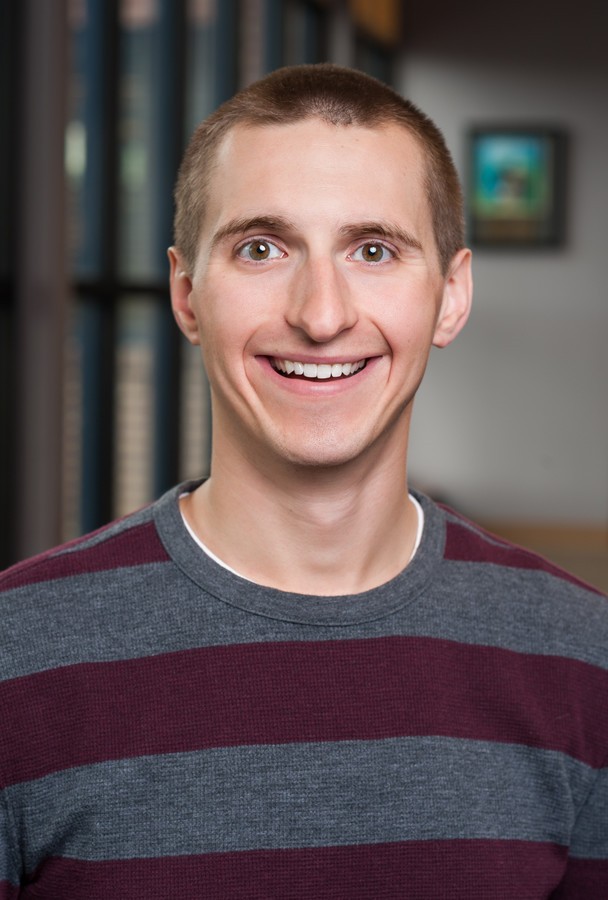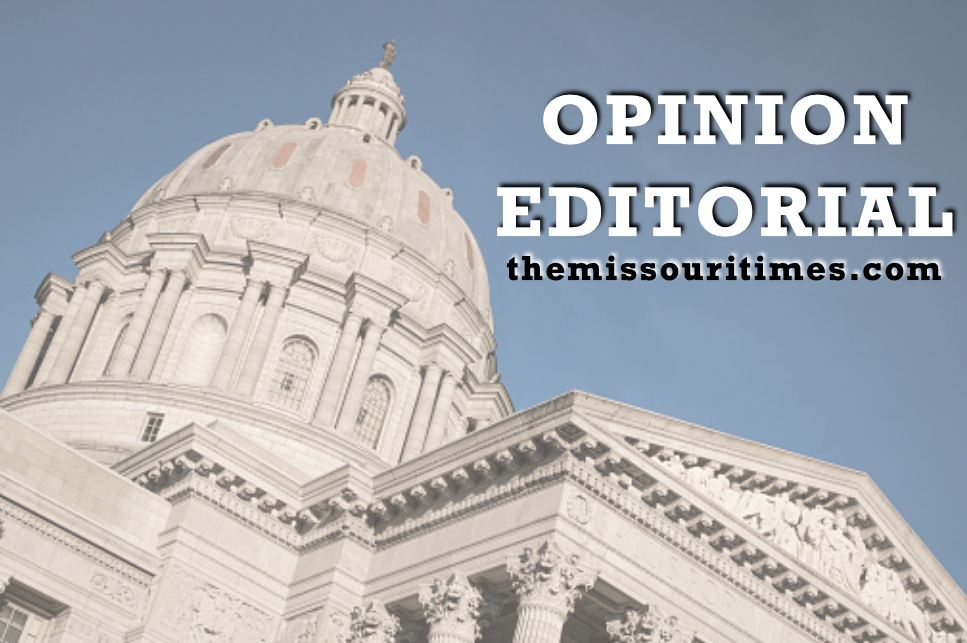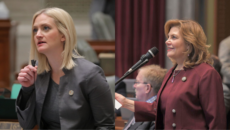Like most Americans, critical race theory (CRT) entered my vernacular through various news and social media outlets about nine months ago. I’ve spent time examining, thinking carefully, reading many perspectives, and have had one-on-one conversations, all in an effort to understand a few things: (1) What is CRT? (2) Is it good or bad?, and (3) Is there a pragmatic approach to real equity issues our children face?
I will focus on No. 3, acknowledging that I am an amateur at understanding CRT. My goal has been to find a pragmatic approach to address real issues of racial disparities facing our children through the lens of a child advocate, a rural school board member, an ordained clergy person within the United Methodist Church, and a policy wonk.

The data and research are clear that our state’s children face an imbalance in all facets of their lives: education, child welfare, juvenile justice, and health access — strictly based on the color of their skin. There is no better time than now to have conversations, find solutions, and implement change to improve the lives of our state’s youngest residents.
Why is common ground necessary?
CRT has created a deep ideological divide. The echo chambers of both perspectives lead folks to talking past each other.
Christopher Rufo, a radio personality who is pushing the ban of CRT tweeted: “The goal is to have the public read something crazy in the newspaper and immediately think ‘critical race theory.’ We have decodified the term and will recodify it to annex the entire range of cultural constructions that are unpopular with Americans.”
The television and radio personalities who are the loudest voices on CRT are not interested in finding workable solutions. The Rachel Maddows and Christopher Rufos of the world are interested in creating content and speaking to the viewers who agree with them. We need to find common ground because the culture war trenches are deep and getting deeper.
Examining areas of concern
Meanwhile, our community’s racial inequities are glaring.
- In 2015, Missouri elementary schools suspended 14.3 percent of Black students at least once, compared to 1.8 percent of white students — more than two times higher than the national disparity
- In 2020, 19.3 percent of Missouri children in foster care were Black, a 63 percent disparity proportional to the child population of 11.8 percent
- In 2019, 49 percent of the juveniles certified as adults in our criminal justice system were Black — more than three times the proportional population
- Even though Black students make up 15 percent of the public higher education student population, they are only 2 percent of A+ scholarship recipients
- The life expectancy between zip codes such as North St. Louis or Clayton varies by 18 years, disproportionately impacting Black communities
- In Columbia, Black students make up 20 percent of the student population but are only 2 percent of the gifted program participants
If it’s unfair to say that these injustices and racism are embedded within these structures and our society, how do we explain these horrific disparities?
If we believe that all children are valued equally, then our policies must have some sort of equity lens to ensure that barriers and issues aren’t disproportionately negatively impacting someone over another.
These inequalities are happening right now in our foster care, education, juvenile discipline, and quality of life indicators. Understanding and correcting flaws in our American political system — a system meant to continually evolve to become “more perfect” — or learning history from different perspectives is what our country and state have done since its founding.
Where is the common ground?
Both sides of the CRT issue should hopefully be able to agree on basic tenants like:
- Teaching our children should be based in factual history
- No child should be shamed or feel personal blame for history’s faults and when a child internalizes blame for anything — there should be an avenue for this to be addressed
- Locally elected school boards should determine what is taught in their classrooms
- In age-appropriate ways, students should be encouraged and given the opportunity to read, analyze, and think critically to better understand history from various viewpoints
- CRT and diversity, equity, and inclusion are not the same things
School curriculum decisions and context should remain localized. Do we expect suburban or urban districts to have a strong trap shooting or FFA club as we do in Hallsville? No. Likewise, should St. Louis area high schools stop discussing societal events like the murder of George Floyd? No.
School leaders must be transparent and engage in authentic dialogue with parents about what is and isn’t in the curriculum. Parents should enter curriculum conversations with some knowledge of the Missouri Learning Standards for social studies.
I believe we are not polarized so that all sides can’t reach a common understanding and work together to address the issues of equity right before our eyes.
Faith’s perspective
The founder of Methodism, John Wesley, believed that God’s grace is available to all before we know or accept it — and that while we all are sinners or have fallen short in God’s eyes — that we can reach perfection through the mystery of God’s love. I believe that it’s in this mystery that I can seek honest conversation with people who have experienced life differently than me and where we can learn from one another.
Both sides, during testimony at the July 19 Joint Committee on Education hearing, were on edge. As I watched, I sometimes struggled with observing humility that we are all sinners but yet have the possibility of reaching perfection in loving one another.
Seeking to be a constant learner, I explore various perspectives and commentaries on scriptures from within and outside of the church. I’m not fearful that reading or being curious about a different perspective will diminish or change my faith. In fact, opposing viewpoints often deepen the understanding of my faith.
Whether exploring policy or scripture, I work to take the words of evangelical megachurch pastor Craig Groeschel to heart: “Find comfort in being uncomfortable. Growth and comfort never coexist. If something doesn’t challenge you, it won’t change you.”
Our policies and systems — intentional or not, racist or not — have caused disproportionate harm toward Black children. John Wesley taught three simple rules: (1) Do no harm (2) Do good, and (3) Stay in love with God.
Hope for solutions
There appears to be a desire to look past the fog to engage in meaningful dialogue to address unfairness in our policies, systems, and schooling. Let’s capitalize on that desire.
One of my favorite songs is: Do Something. A portion of the lyrics read:
“Well, I just couldn’t bear the thought of
People living in poverty
Children sold into slavery
The thought disgusted me
So, I shook my fist at Heaven
Said, ‘God, why don’t You do something?’
He said, ‘I did, yeah, I created you.'”
In 1825, James Madison wrote to George Thompson: “[T]he advancement and diffusion of knowledge, which (sic) is the only guardian of true liberty…” Our children deserve to achieve their fullest potential. The data and knowledge continually highlight discrepancies in our educational, child welfare, and juvenile justice systems based on the color of a child’s skin. Using this knowledge to improve our republic is exactly what our founding fathers would want. Now is the time to step up.
Gov. Mike Parson and legislative leaders in both parties have track records of working alongside child advocates on workable solutions from early childhood to child welfare.
As policy leaders, we are in a position to do something good. To love our neighbor. To do no harm. Let’s do a radically simple idea — tune out the rhetoric and break bread together to better understand these nuanced issues for our children’s future and do something to further the well-being of our children.
Who is willing to stand up and do something about the inequities Missouri children face?

Craig Stevenson is the director of Policy and Advocacy for Kids Win Missouri.






